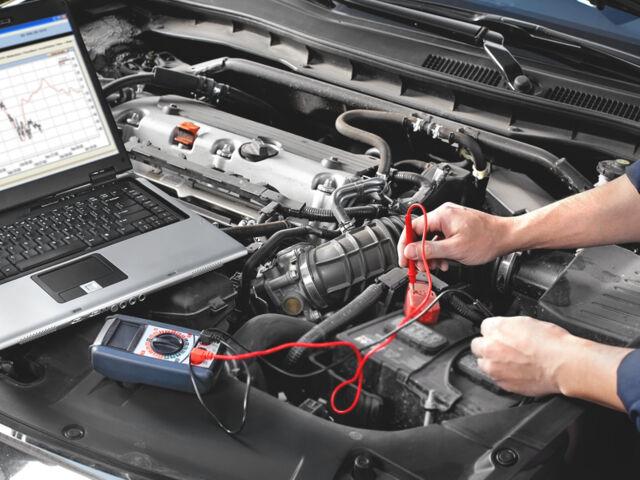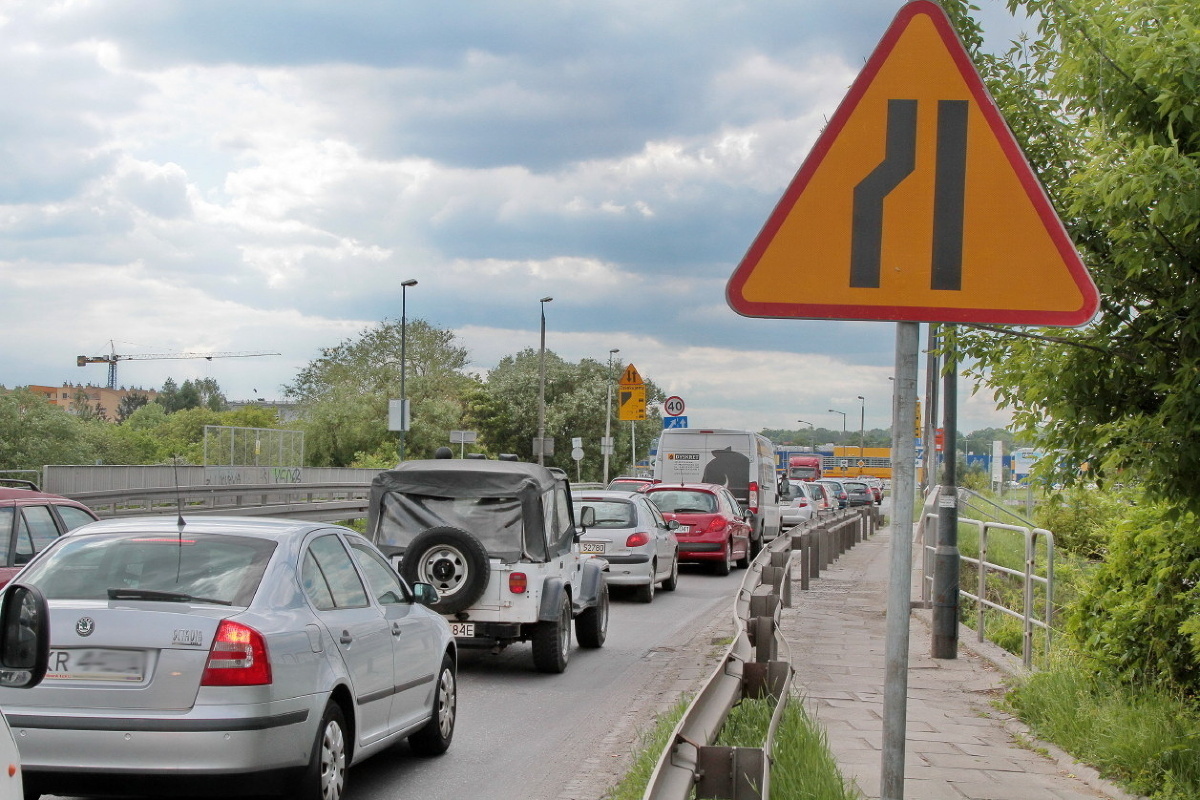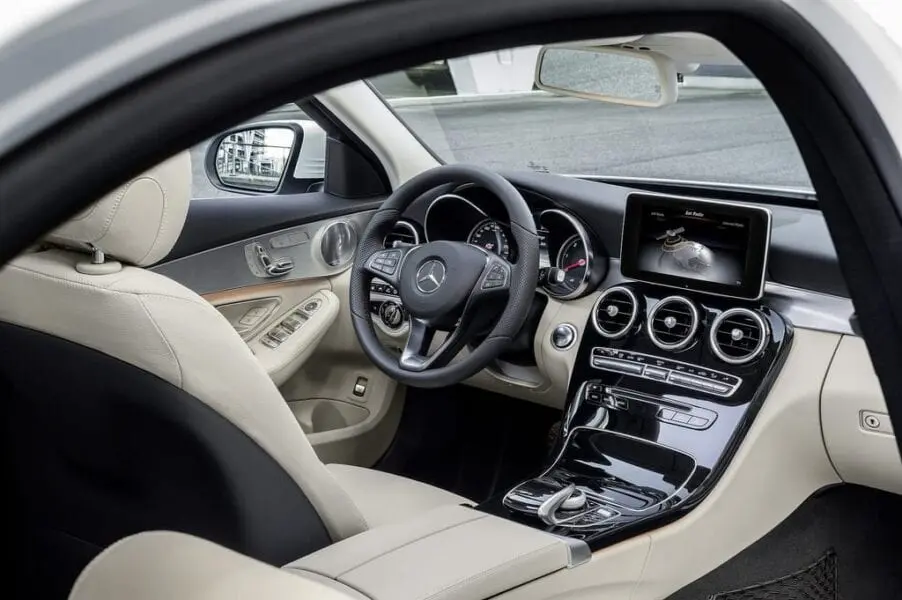
We travel frequently and short distances. How does this affect the engine?
 According to a study conducted in January by the PBS Institute on behalf of Castrol, the vast majority of Polish drivers drive mostly short distances and start the engine more than three times a day.
According to a study conducted in January by the PBS Institute on behalf of Castrol, the vast majority of Polish drivers drive mostly short distances and start the engine more than three times a day.
 Almost half of drivers say they drive no more than 10 km at a time, and one in three drives up to 20 km a day. Only 9% of respondents claim that in their case this distance exceeds 30 km. Every fourth respondent drives less than 10 minutes after starting the engine and 40%. – from 10 to 20 minutes.
Almost half of drivers say they drive no more than 10 km at a time, and one in three drives up to 20 km a day. Only 9% of respondents claim that in their case this distance exceeds 30 km. Every fourth respondent drives less than 10 minutes after starting the engine and 40%. – from 10 to 20 minutes.
Car is a vehicle
According to Dr. Andrzej Markowski, traffic psychologist, we often drive short distances because the attitude of Poles towards cars is changing. “There is a growing number of drivers for whom the car is a tool for the efficient performance of work or household duties. Their meaning is to quickly move from place to place, even if not too far. We are comfortable, from here we even go to the store a few hundred meters away by car, ”comments Markovski.
The average time elapsed with one engine start is the same no matter how many times you turn it on during the day. In the group of drivers who use the car most often, i.e. start the engine more than five times a day, a single distance is usually less than 10 km (49% of readings). 29%. drivers claim that the passage of such a section takes up to 10 minutes, every third indicates 11-20 minutes, which means that most of this route passes in traffic jams.
Engine prefers long trips
The drive is primarily subject to wear during and shortly after a cold start. It takes time for the oil to get to the furthest corners of the engine, so during the first revolutions of the crankshaft, it can happen that some components run dry together. And when the temperature is still low, the oil is thicker and more difficult for it to get through the channels, for example, into the camshaft. This happens until the engine (and above all the oil) reaches the correct operating temperature. This may take up to 20 minutes. Many drivers are unaware of this, but it is during the warm-up phase that up to 75% of engine wear can be reached, according to tests conducted by the American Petroleum Institute (API). Therefore, it is not uncommon for high mileage powertrains that are frequently used over long distances to be in better condition than those used sporadically for short distances.
How to protect the engine?
Even knowing the causes of engine wear, we will not give up the comfort of the car. However, you should be aware that the power units are the most wear-resistant in the cold and then they should be handled more carefully, without depressing the accelerator pedal to the limit.
Driving with a cold engine not only causes it to wear out faster, but also increases your appetite for fuel. For very short distances (up to 2 km, for example), a compact gasoline-powered car can burn up to 15 liters of fuel per 100 km. In the case of diesel engines, driving in such areas not only affects fuel consumption, but can also cause problems with the DPF filter. In addition, it happens that unburned fuel flows down the cylinder walls into the crankcase and mixes with oil, worsening its parameters. So it's worth considering - at least for very short distances - change the oil more often.

